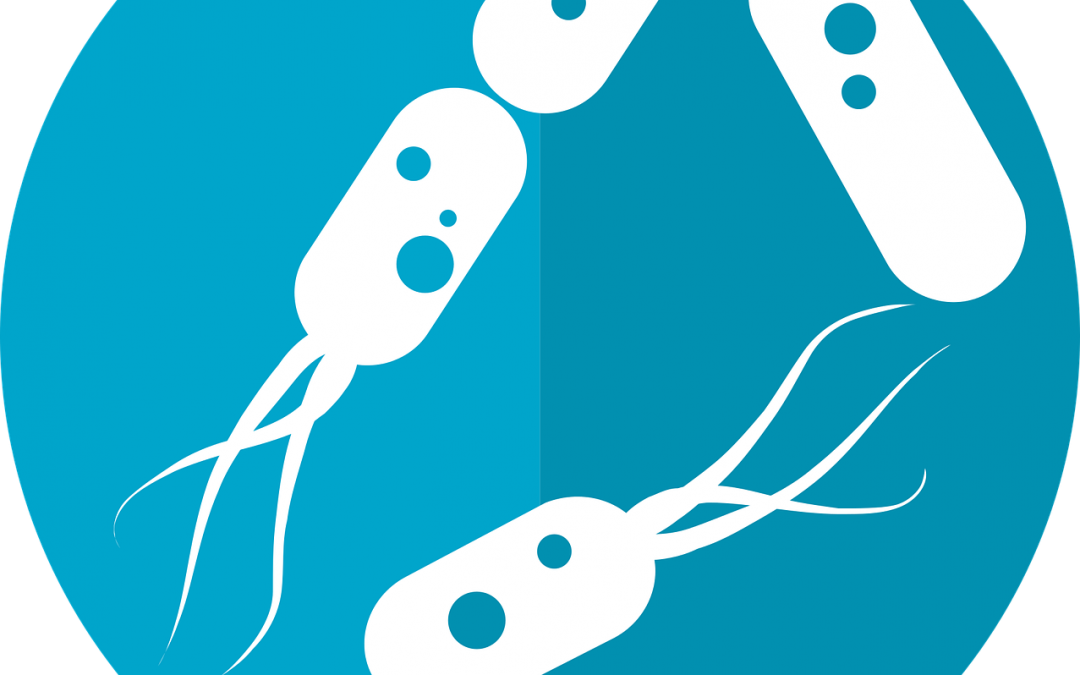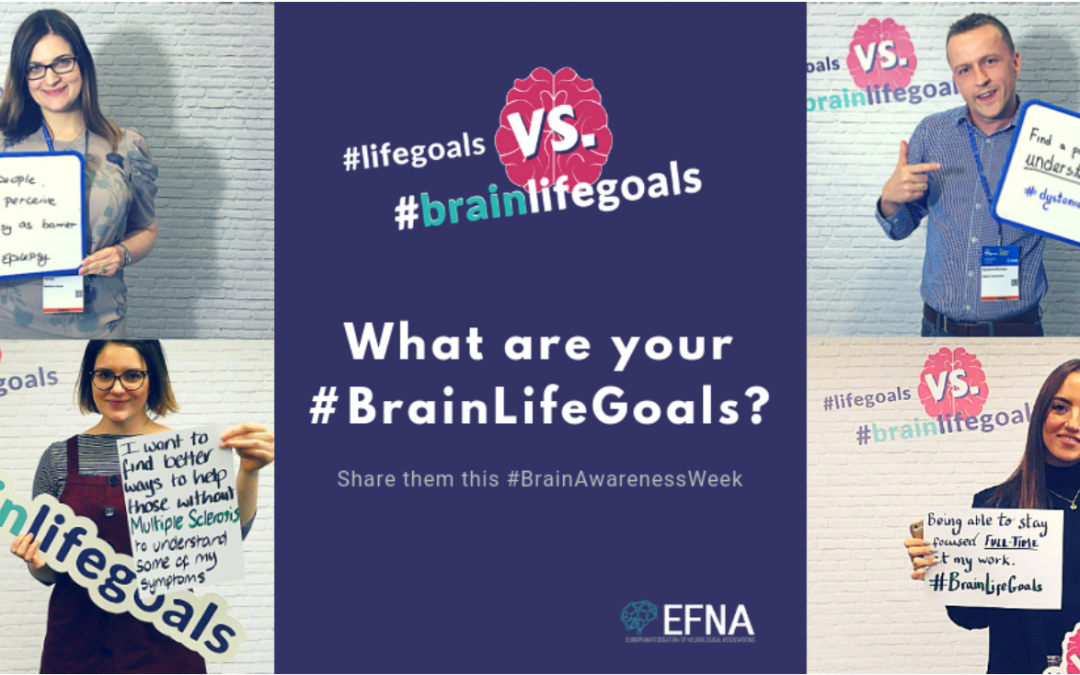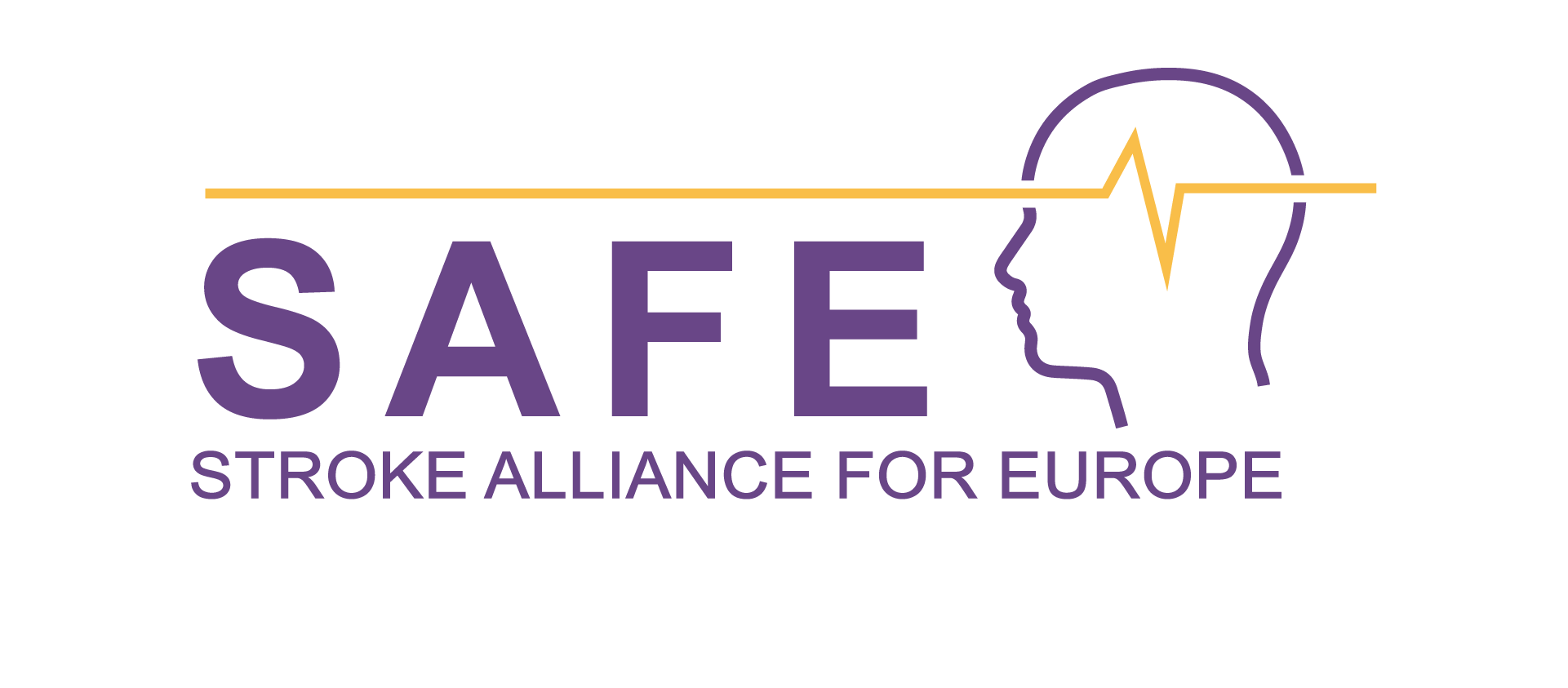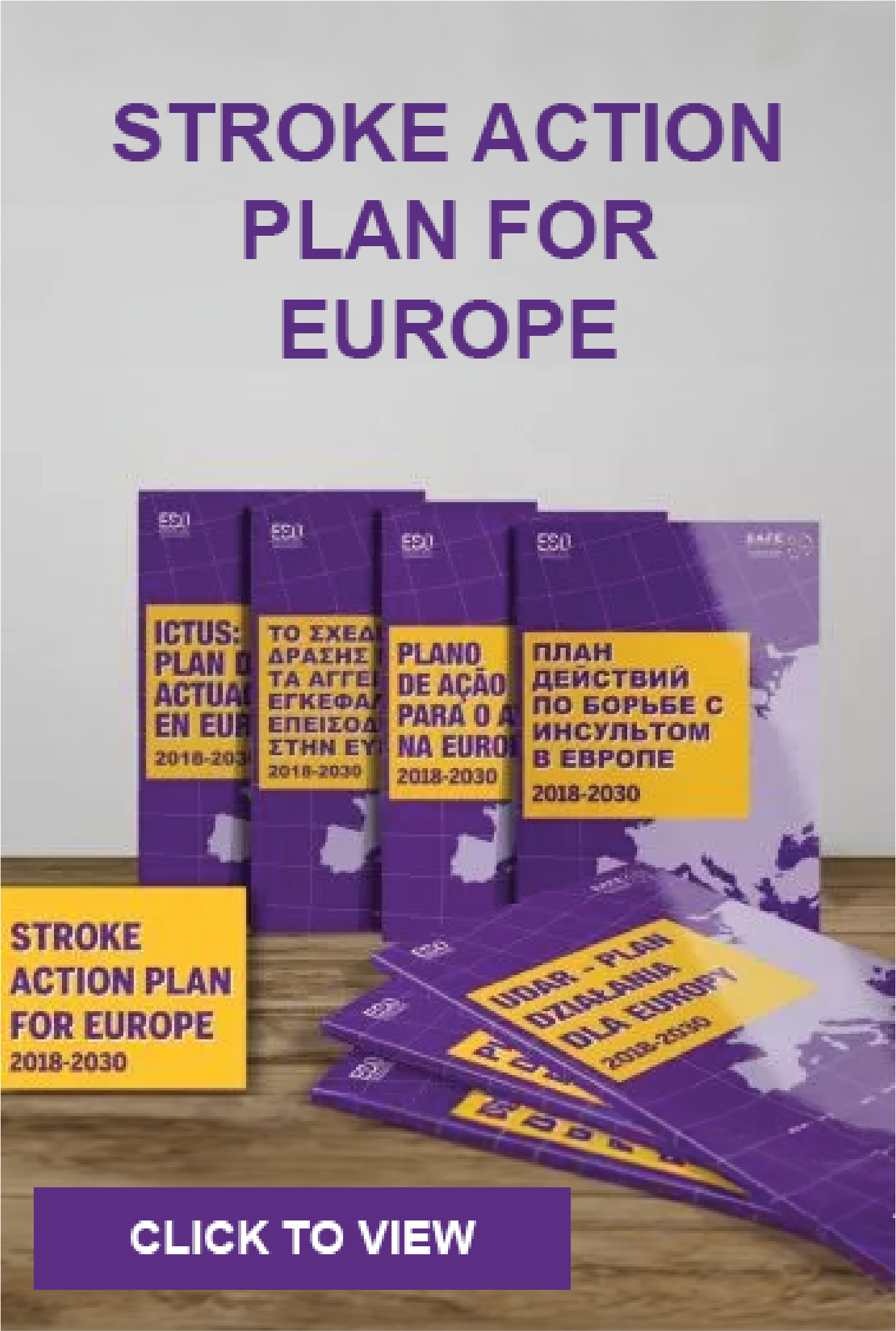
Mar 20, 2019
First published on ScienceDaily.com
Recent reductions in hospitalization and death due to stroke extend to both black and white Medicare beneficiaries, reports a study in the April issue of Medical Care.
The reductions in mortality after initial stroke have been even greater in black Medicare patients, according to the new research by Margaret C. Fang, MD, MPH, of the University of California, San Francisco, and colleagues. Dr. Fang comments,” Despite these promising trends, our study also found that black men and women continue to be at higher risk for stroke than white patients.”
Stroke Risks Decline Over 25 Years — Trends Linked to Improving Risk Factors
Using Medicare data from 1988 to 2013, the researchers analyzed trends in hospitalization and mortality after an initial stroke in black or white men and women aged 65 or older. The study included more than 1 million hospitalizations for ischemic stroke, caused by blockage or narrowing of the brain blood vessels; and nearly 150,000 hospitalizations for hemorrhagic stroke, caused by bleeding into or around the brain.
Over the 25-year study period, hospitalizations for stroke decreased for both black and white patients. Adjusted for age, ischemic stroke risk decreased from 1,185 to 551 per 100,000 Medicare beneficiaries among black men and from 932 to 407 per 100,000 among white men. Risk fell from 1,222 to 641 per 100,000 for black women and from 892 to 466 per 100,000 for white women.
Mortality after ischemic stroke also fell, with greater reductions in black patients. Risk of death within 30 days after ischemic stroke decreased from approximately 16 to 8 percent in black men and from 16 to 12 percent in white men. Ischemic stroke mortality declined from about 14 to 9 percent in black women versus 16 to 15 percent in white women.
Read the full article here.

Mar 19, 2019
Author: Cornelius J Johnson
When you’re battling depression it’s difficult not to just let the pills do the work and hope for the best. As any good mental health professional will tell you, combating the symptoms of depression can take some self-governance and work. But when our mind is working against us at these times, where do we focus our attention?
Here are five simple areas to focus on in order to reduce the impact of depression.
Sleep
When suffering from depressive thought patterns, sometimes we are prone to staying in bed for as long as possible. We take ourselves out of the equation and enjoy the warmth and comfort of the bed. But that doesn’t necessarily mean we get good rest. Often it means lying in bed worrying or thinking about things we cannot control.
“We should try view our bed as a vehicle for sleep, rather than a retreat from the world,” writes William Cosgrove, an author at Researchpapersuk and LastMinuteWriting. “It’s important that we foster a routine for ourselves of going to bed at a reasonable hour, and waking up having had a good nights sleep.”
Eat
Depression can have varied effects on how we use or view food. For some, the thought of eating can make us nauseous, and for others, we seem unable to get enough. When going through depressive periods we may either eat one particular kind of food or binge on snacks and junk food.
This fluctuation in our diets can have radical effects on our state of mind. The more we randomize our intake of nutrients the more likely it is that we’ll find ourselves in a bad place. Regular, healthy eating is vital to a good state of mind. If you face depression, keep motivated to maintain a strong routine of eating healthy food.
Exercise
If you’re suffering from depression, the last thing you want to do is go out to the gym. Depression can be linked to body image or how we interact socially. As the gym combines both of these elements, it is understandable that those who suffer from depression aren’t likely to hit the gym any time soon. But this doesn’t mean you should abandon exercise totally.
Exercise is a great way of releasing endorphins. Many who suffer from depression take up solo activities, such as long distance running, walking or cycling. These activities offer us an opportunity to zone our minds on the simple act of physical movement rather than the abstract thoughts that come with depression.
Socialize
Depression is a lonely state of being, and it can be tempting to fuel that loneliness by refusing to inflict on others. We get caught up with the notion that we are no fun to be around when we are depressed. It’s important to remember that our good friends are able to support us at these times.
As a society, people are becoming more open and honest about mental health, and those who suffer from depression should no longer feel they have to be secretive about it. Explain to your close circle the issue you are facing and you’ll soon find that you have allies to help you fight your corner.
Express yourself
“History is full of people who have turned depression to their advantage,” says Miranda Rhodes, a regular contributor to Draftbeyond and Writinity. “20th-century writers were often prone to depressive or anxious states. Though you need not expect yourself to write ‘A Farewell to Arms’ or ‘The Bell Jar’, writing or painting are excellent ways of channeling your depression into something beautiful.“
In getting our depression out into something we can read or view, we are able to objectify it and analyze it without being too close to it.
Cornelius J Johnson specializes in marketing and different aspects of entrepreneurship. He writes on a variety of subjects such as finance and marketing as well as lifestyle and personal development and is a regular contributor to Lucky Assignments and Gum Essays, academic writing websites.

Mar 18, 2019
First published on ScienceDaily.com
The choices we make every day can have a lasting effect on our heart and vascular health. Adopting a heart healthy eating plan, getting more exercise, avoiding tobacco and managing known risk factors are among the key recommendations in the 2019 Primary Prevention of Cardiovascular Disease guideline from the American College of Cardiology (ACC) and the American Heart Association (AHA). Also, it is recommended that aspirin should only rarely be used to help prevent heart attacks and stroke in people without known cardiovascular disease.
The guideline, presented today at ACC’s 68th Annual Scientific Session, offers comprehensive but practical recommendations for preventing cardiovascular disease, which remains the leading cause of death for both men and women in the United States. Nearly 1 out of 3 deaths in the U.S. is due to cardiovascular disease.
“The most important way to prevent cardiovascular disease, whether it’s a build-up of plaque in the arteries, heart attack, stroke, heart failure or issues with how the heart contracts and pumps blood to the rest of the body, is by adopting heart healthy habits and to do so over one’s lifetime,” said Roger S. Blumenthal, MD, co-chair of the 2019 ACC/AHA Guideline on the Primary Prevention of Cardiovascular Disease and the Kenneth Jay Pollin Professor of Cardiology at Johns Hopkins Medicine. “More than 80 percent of all cardiovascular events are preventable through lifestyle changes, yet we often fall short in terms of implementing these strategies and controlling other risk factors.”
Read the full article here.

Mar 12, 2019
First published on ScienceDaily.com
Tumult in the bacterial community that occupies your gut — known as your microbiome — doesn’t just cause indigestion. For people recovering from a stroke, it may influence how they get better.
A recent study by Allison Brichacek and Candice Brown, researchers in the West Virginia University School of Medicine, suggests that stroke patients’ microbiomes — and even the structure of their guts — may still be out of kilter a month after the stroke has passed.
“We’re interested in the gut-brain axis — how the gut influences the brain and vice versa,” said Brichacek, a doctoral student in the immunology and microbial pathogenesis graduate program. She presented her findings at the International Stroke Conference in February.
Previous studies indicated the immediate effects a stroke can have on someone’s microbiome, but they didn’t explore whether these effects lingered. To find out, Brichacek, Brown and their colleagues — including Sophia Kenney, an undergraduate majoring in immunology and medical microbiology, and Stan Benkovic, a researcher in Brown’s lab — induced a stroke in animal models. Other models — the control group — didn’t have a stroke. The researchers compared the two groups’ microbiomes three days, 14 days and 28 days post-stroke. They also scrutinized their intestines for microscopic disparities.
Bacterial friend or foe?
One of the researchers’ discoveries was that a certain family of bacteria — Bifidobacteriaceae — was less prominent in post-stroke models than in healthy ones both 14 and 28 days out. If the name of the family sounds familiar, that’s probably because Bifidobacterium — a genus within the Bifidobacteriaceae family — is a common ingredient in yogurt and probiotics. These bacteria are known for supporting digestive health and may be associated with better outcomes in stroke patients.
Read the full article here.

Mar 11, 2019
Sharing #LifeGoals has become a popular trend on social media. A campaign from the European Federation of Neurological Associations [EFNA] and supported by many organisations across Europe will put a new spin on the trend by instead seeing patient advocates and supporters share their #BrainLifeGoals.
The #BrainLifeGoals campaign will raise awareness of the impact of neurological diseases by exploring the dreams and aspirations of those living with a brain disorder.
You can find out more about the campaign at www.efna.net/brainlifegoals and by following the #BrainLifeGoals hashtag on social media.

Feb 9, 2019
This article first appeared on ARNI Stroke Charity (UK) website | Author: Tom Balchin
Are you interested in learning about your sleep after stroke?
Researchers at the University of Oxford are currently investigating how sleep is affected by stroke.
Heidi Johansen-Berg is Professor of Cognitive Neuroscience and Director of The Wellcome Centre for Integrative Neuroimaging at the University of Oxford. There, she leads the Plasticity Group whose research focuses on how the brain changes with learning, experience, and damage.
As well as shedding light on how the healthy brain responds to change, The Plasticity Group’s work also has implications for understanding and treating disease. For example, they are currently studying how sleep can affect recovery after stroke.
Would you be interested in learning more about your sleep following stroke?
If so, The Plasticity Group are currently running a study in which you might be interested in participating – or you may know someone who is.
The aim for this study is to investigate how sleep is affected by stroke which could help to develop better sleep improvement programmes specifically for individuals after stroke.
We know that sleep plays an important role in learning. Studies have shown that if you take two groups of people and teach them the same skill, such as juggling, then allow one group to sleep for a few hours and keep the other group awake, the sleep group will perform significantly better when retested as they have been able to consolidate the memories of learning the skill through sleep.
Learning, or re-learning, of motor skills is a key component of motor rehabilitation after stroke. If sleep is impaired following stroke then consolidation of motor skills gained through physical rehabilitation may be diminished. Therefore, finding out about how sleep is affected by stroke could help us to develop better rehab outcomes following stroke.
The current study involves coming to a research centre in Oxford for one session to complete a couple of motor assessments with the upper limbs and to answer a couple of questionnaires about your sleep and mood. Then researchers will set you up with a pair of sleep monitoring wrist watches for you to wear for a week with a simple sleep diary asking what times you go to bed and get up each day.
Read the full article here.









